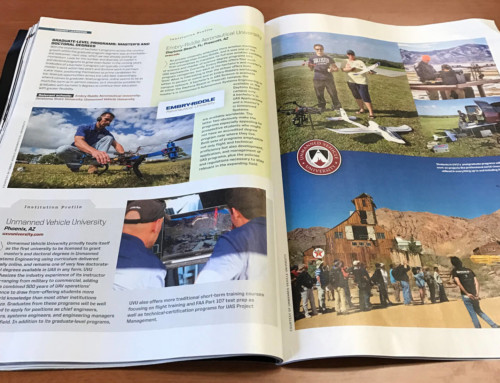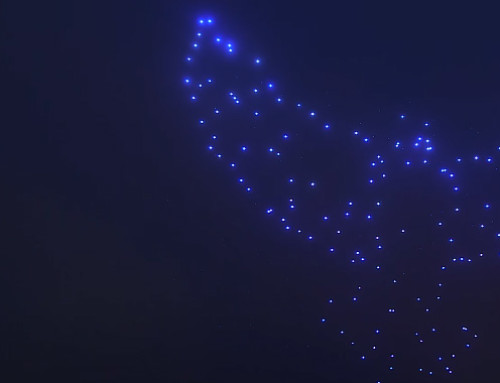Author Bio
 T.J. Diaz, had long been consulting in IT software for a living and flying radio-controlled helicopters on the side as a hobby. Then in 2008, Canon introduced digital single-lens reflex cameras that made it possible to obtain cinema-quality video on a modest budget. “I just connected the dots,” says Diaz, who immediately went to work mounting such cameras on his helicopters and soon added gyro-stabilized gimbals to dampen their motions in the air. “Once I saw the video, I knew we were onto something big.” Diaz now works entirely with drones, as an instructor with the Phoenix-based Unmanned Vehicle University and also designing equipment for drone cinematography through his own company, Denver-based Xfly Systems.
T.J. Diaz, had long been consulting in IT software for a living and flying radio-controlled helicopters on the side as a hobby. Then in 2008, Canon introduced digital single-lens reflex cameras that made it possible to obtain cinema-quality video on a modest budget. “I just connected the dots,” says Diaz, who immediately went to work mounting such cameras on his helicopters and soon added gyro-stabilized gimbals to dampen their motions in the air. “Once I saw the video, I knew we were onto something big.” Diaz now works entirely with drones, as an instructor with the Phoenix-based Unmanned Vehicle University and also designing equipment for drone cinematography through his own company, Denver-based Xfly Systems.The camera swoops in
on the face of a cliff rising more than 100 meters from the surrounding scrublands. Its view reveals a young woman in a fluorescent orange tank top perched halfway up a wall of ochre quartzite. The camera then cuts to just a few meters away from the rock, close enough to make out the woman’s gaze as she looks for the next handhold.How on earth did they get those amazing shots? You might indeed be wondering that if the title of this YouTube video hadn’t given the answer away: “Rock Climbing with the DJI Phantom 2.” The Phantom 2 from DJI is a small unmanned aerial vehicle you can buy for about $700.
The “Rock Climbing withe the DJI Phantom 2” video above shows the incredible video shots even hobbyists can obtain with a drone.
Read the Full Drone Videography Guide
After reading this guide and doing some research online, you might be eager to take the plunge and purchase an unmanned aerial vehicle and associated gear. But if you live in the United States, don’t hang out your aerial-videographer shingle just yet. Commercial drones, unlike those flown only as a hobby, are still not allowed in the United States, except in limited circumstances. The U.S. Federal Aviation Administration has, however, recently proposed rules for commercial drones weighing less than 25 kilograms (55 pounds). Best guesses are that these rules, or something like them, will go into effect within the next two or three years.
In the meantime, you could go ahead and familiarize yourself with the basics of piloting drones by flying them as a hobby. Many forward-thinking aerial photographers are learning to do that now. You could do it on your own or seek more formal tutoring. The Unmanned Vehicle University in Phoenix, where T.J. Diaz is a senior instructor, provides one source of expert help. Companies such as Stampede Presentation Products, in Amherst, N.Y. offer similar services as well.





